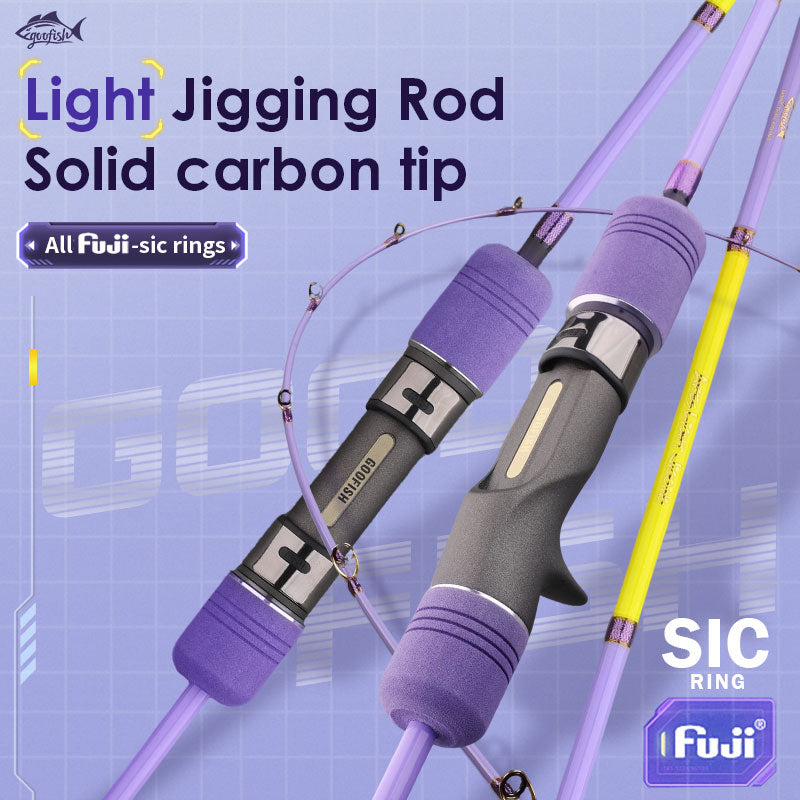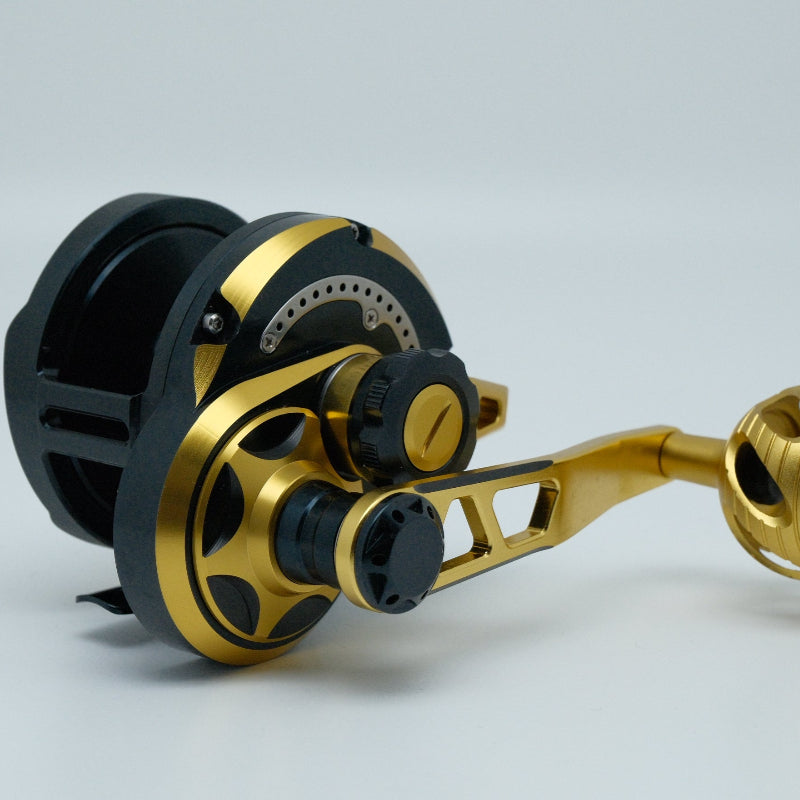Carbon Fiber vs Fiberglass Rod Blank: Which to Choose?
Hey fellow anglers! 🎣 Let me take you back to that chaotic day on Lake Michigan—winds howling, trout darting, and my trusty old fiberglass rod groaning under pressure. That’s when I realized: rod blanks aren’t just “sticks”—they’re the heart of your setup. Today, we’re settling the Carbon Fiber vs Fiberglass Rod Blankdebate once and for all. Whether you’re a weekend warrior or a gear-obsessed fanatic, let’s unpack materials, performance, and why one might outshine the other (spoiler: it depends…).
Understanding Rod Blanks: The Core of Your Fishing Setup
A fishing rod blank is the unsung hero of your setup—the cylindrical core that dictates action, power, and sensitivity. Think of it as the engine in a sports car: wrap it with guides, reel seats, and handles, but the blank’s design determines if you’re reeling in bass or watching lures sail into the weeds.
Now, let’s split hairs (or fibers) between the contenders:
-
Carbon Fiber Rod Blanks: Crafted from woven carbon filaments (often with resin), these are the “race cars” of blanks. Lightweight, ultra-sensitive, and stiff enough to cast miles—but prone to shattering if mishandled.
-
Fiberglass Rod Blanks: Made from woven glass fibers, they’re the “trucks”—heavier, more durable, and forgiving. Great for brute force (think muskie or saltwater) but lag in sensitivity compared to carbon.
Fun fact: Reels like Shimano’s Curado or Daiwa’s Tatula perform differentlybased on the blank’s flex—you can’t cheat physics, folks!
Carbon Fiber vs Fiberglass: Breaking Down the Basics
Let’s get technical (but keep it fun, promise!). We’re diving into 3 key metrics: stiffness, weight, and sensitivity—plus durability (because nobody wants a $300 blank turning into splinters).
1. Stiffness & Power (Action)
Carbon fiber blanks win here. Their high modulus (stiffness) lets them load energy fast—perfect for casting light lures or fighting big fish with minimal rod bend. A fast-action carbon blank (like St. Croix’s Mojo Yak) can launch a crankbait 50+ yards; try that with fiberglass, and you’ll tire before the fish do.
Fiberglass, though? It’s all about slow-actiongrunt. The flexibility absorbs shocks (great for snag-prone waters) but sacrifices distance. I learned this the hard way: fishing pike in a lily pad maze, my fiberglass blank flexed so much, my spinnerbait lost momentum—missed three strikes. Lesson: match action to species!
2. Weight & Sensitivity
Carbon fiber is lighter—period. A 7’ medium-light carbon blank weighs ~3oz; fiberglass? Closer to 5oz. Lighter means less fatigue during 8-hour walleye marathons. But sensitivity? Carbon’s tight weave transmits bites like a phone on vibrate—feel a crayfish nibble at 20ft? Yep, carbon tells you.
Fiberglass? Think “muffled signals.” Those same nibbles? You’ll see the rod tip twitch… maybe. That said, in heavy cover (brush, rocks), fiberglass’s muted feel can be a blessing—no false taps from debris.
3. Durability: Can Your Blank Take a Beating?
Fiberglass is the tough guy. Saltwater corrosion? Check. Smashing into oyster beds? Check. My first fiberglass blank survived 3 years of redfish and sharks—still going strong. Carbon? Beautiful but brittle. Snap it on a 20lb catfish? Game over. Pro tip: carbon shines in freshwater/lure fishing (low impact), fiberglass in saltwater/jigging (high impact).
Real-World Performance: When to Pick Carbon Fiber (and When Fiberglass Shines)
Enough theory—let’s talk mymess-ups and wins.
Carbon Fiber Win: Bass Fishing in Clearwater
Last spring, I took a St. Croix Legend Elite (carbon) to a crystal-clear creek. Targeting largemouth, I needed precision—cast a Senko 20ft past a log, let it sink slow. Felt a tap, tapped the brakes, set the hook—2lb bass! The carbon’s sensitivity let me detect that subtlebite. Without it? I’d have yanked the bait away.
Fiberglass Win: Saltwater Jigging in Florida
Then there’s my fibreglass rod— an Ugly Stik Bigwater. Fishing for mangrove snapper in 15ft surf, waves crashed over the gunwale. My carbon blank? Long gone after round 1. The fiberglass? Bent like a banana but never broke. Landed 8 keepers that day—no thanks to carbon’s fragility.
Long-Term Investment vs. Budget-Friendly Choice: Durability and Cost Analysis
Let’s talk numbers:
-
Fiberglass Blanks: 60. Built to last, ideal for new anglers or those who treat gear rough. Think “toolbox” rods—you grab ’em, abuse ’em, repeat.
-
Carbon Fiber Blanks: 300+. Premium materials mean premium cost, but they’re worth it if you’re serious about performance (and gentle with gear).
Pro Tip: Match the blank to your fishing style. If you’re a “set it and forget it” lure slinger, carbon’s worth the splurge. If you’re a “beat the water to death” live bait angler, fiberglass saves cash and headaches.
Your Turn: What’s Your Perfect Blank?
So, carbon or fiberglass? There’s no wrong answer—just right tools for right jobs. Drop a comment: what’s your go-to blank? Ever broken a carbon blank (shameless brag/trauma)? Let’s chat—I’ll spill more stories over coffee (virtual, sadly).
And hey—if you found this helpful, share it with your buddy who swears fiberglass is “good enough”… or the snob who only uses carbon. Both need to hear this. 🎣











Leave a comment